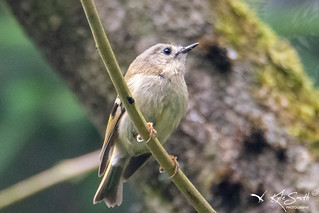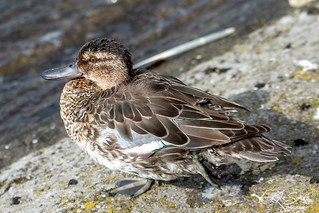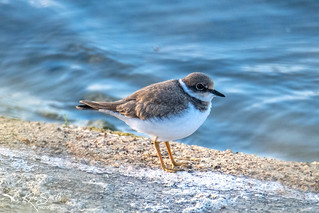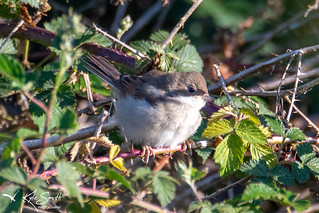Having dipped spotted flycatchers at Whistley Wood earlier this morning, I ventured out again.  Well Arsenal were on the the TV and he indoors had settled down to watch. I decided to try another site - the one suggested by @old_caley previously. It did sound like it would be a good shout for spotted flycatcher at Nether Worton as Nick (@@old_caley) had said "You should try Nether Worton Church and adjoining cottage. Easy parking and birds are obvious in trees at the edge of the small paddock next to the church and also on the wires and aerial of the cottage."
Well Arsenal were on the the TV and he indoors had settled down to watch. I decided to try another site - the one suggested by @old_caley previously. It did sound like it would be a good shout for spotted flycatcher at Nether Worton as Nick (@@old_caley) had said "You should try Nether Worton Church and adjoining cottage. Easy parking and birds are obvious in trees at the edge of the small paddock next to the church and also on the wires and aerial of the cottage."
The Domesday Book records that until 1066 one Leofgeat held the manor of Ortune, probably at what is now Nether Worton. After the Norman Conquest of  England an estate of three hides and half a yardland at Worton passed to William the Conqueror's half-brother Odo of Bayeux. By 1086 there were 15 households consisting of 10 smallholders and five villagers. The earliest parts of the Church of England chapel of ease of St James are 12th-century Norman and 13th-century Early English.
England an estate of three hides and half a yardland at Worton passed to William the Conqueror's half-brother Odo of Bayeux. By 1086 there were 15 households consisting of 10 smallholders and five villagers. The earliest parts of the Church of England chapel of ease of St James are 12th-century Norman and 13th-century Early English.
The church was easy to find and only 8½ miles from home. I got out the car and waited for around 20 minutes before a spotted flycatcher flew over me from the church and onto the wire behind. In no time it had a butterfly in its beak and took no time in devouring it.  Having fed, it seemed to be in no hurry to leave and was happy for me to walk underneath taking photos.
Having fed, it seemed to be in no hurry to leave and was happy for me to walk underneath taking photos.
After a minute or two it left, landing in the tree in front of the church/cottage, still in view if looking down the drive. I managed to take a number of photos before it retreated further back into the tree and out of sight. Quite a magical encounter. Success!
The road that runs past the church continues on along a gated road and so I think it may be an idea to look at some Ordinance Survey maps of the area and try having a walk here - the area was very attractive.












